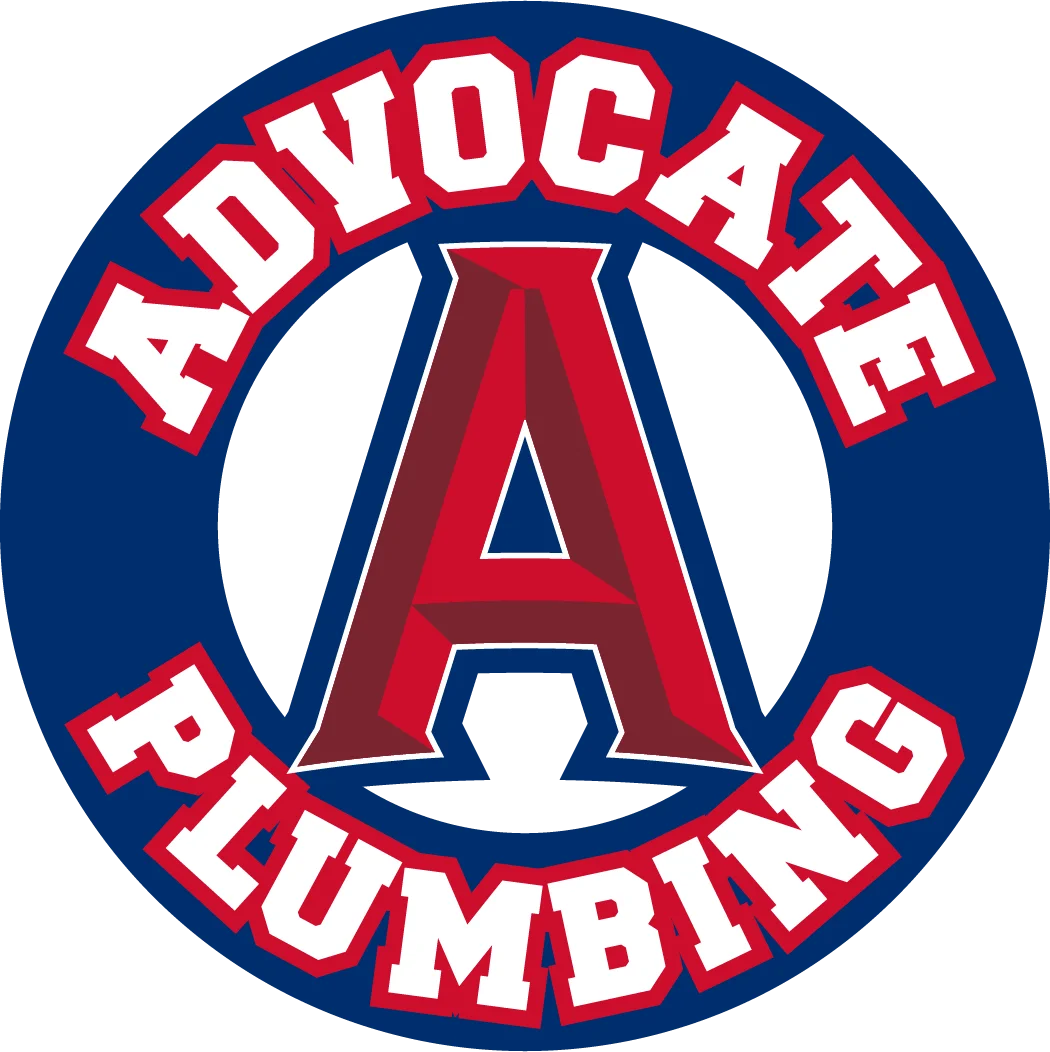Serving Hamilton County & Surrounding Areas
How To Unclog A Toilet?
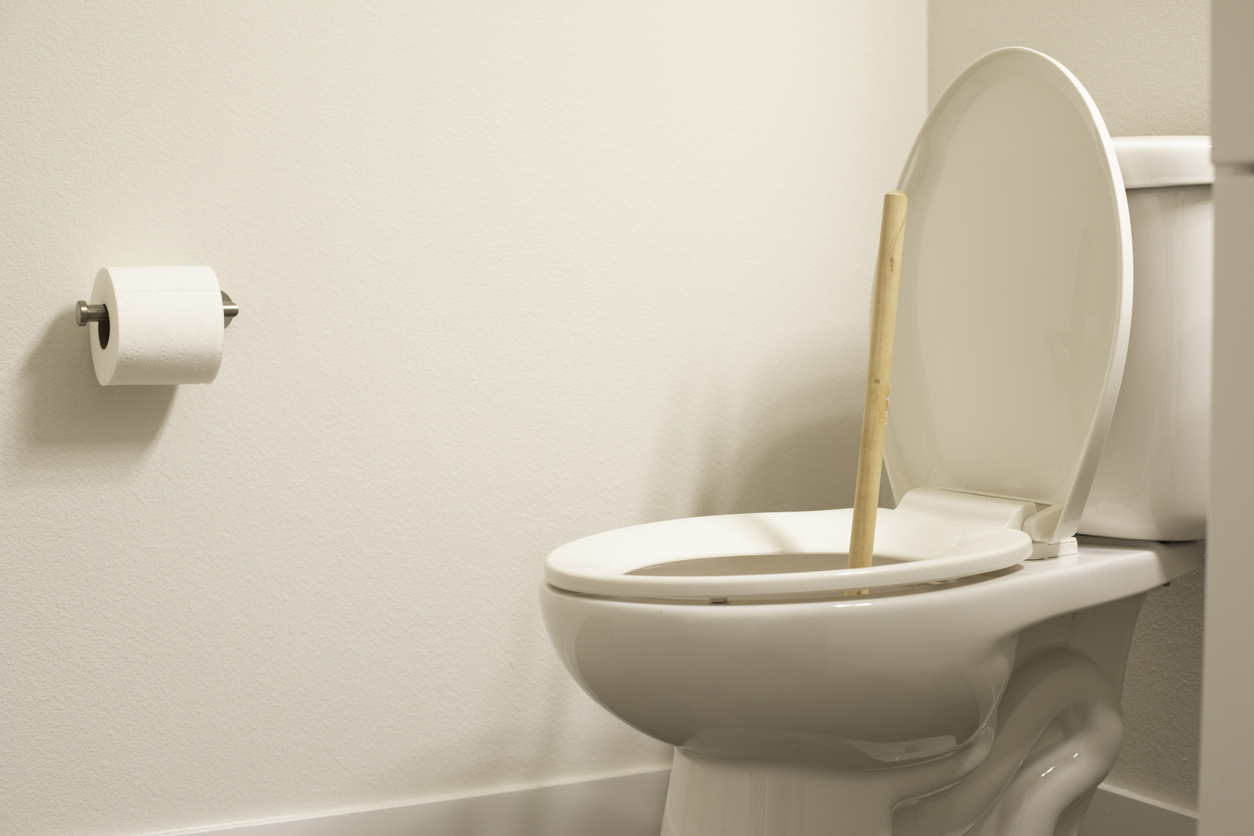
There’s nothing quite like the panic that sets in when a toilet won’t flush—and the water keeps rising. Whether you’re getting ready for work or hosting guests, a clogged toilet is a messy surprise that no one wants to deal with. But while your first instinct might be to panic or grab the harshest chemical on the shelf, the real solution starts with understanding the problem. In this guide, we’ll walk you through what to do when your toilet clogs, what works, what to avoid, and when it’s best to call a licensed plumbing professional. Because knowing how to unclog a toilet isn’t just about convenience—it’s about protecting your home’s plumbing system the smart way.
Spotting the Signs: Small Problem or Systemic Issue?
Before you even think about reaching for a plunger, take a moment to assess the situation. Not every clogged toilet is caused by a simple blockage. In some cases, the symptoms are signs of a more widespread issue hiding deeper in your plumbing system. Understanding what you’re dealing with early can save you from serious damage—and a much bigger repair bill down the line. A slow-draining bowl, gurgling noises from nearby drains, or water backing up into other fixtures can all signal that the problem runs beyond the toilet itself. If you’ve dealt with frequent clogs in the past or notice strange behavior from your plumbing, it might be time to schedule a plumbing inspection. A licensed professional can trace recurring issues to root causes, whether it’s buildup in the sewer line or improper venting. These aren’t just annoyances—they’re red flags that demand expert attention.
What You Can Try at Home
Before you call for backup, there are a few tried-and-true methods that can solve most everyday toilet clogs—if done the right way. Acting quickly and using the correct technique can spare your bathroom from disaster and your plumbing from unnecessary damage. These DIY tactics are safe, simple, and often surprisingly effective when handled with care. Start with the classic tool: the toilet plunger. Create a strong seal around the drain and use slow, forceful motions—too much aggression can send water flying or worsen the clog. Still stuck? Try a plumbing snake or toilet auger to reach deeper blockages. These tools are designed to break up debris without damaging the toilet’s internal mechanics. For light clogs, baking soda and vinegar can create a natural reaction that clears buildup without chemicals. But if you’ve tried it all and the water still won’t budge, the issue may go far beyond what DIY can handle—and that’s where professional plumbing repairs step in.
Mistakes That Could Cost You
Sometimes the biggest plumbing problems come from well-meaning mistakes. Acting on impulse—especially during a stressful clog—can turn a quick fix into lasting damage. If you’re not sure about your next move, it’s better to pause than to pour, push, or pry your way into a worse situation. Chemical drain cleaners are among the most common offenders. Though they promise fast relief, these products contain corrosive ingredients that can erode your pipes over time, especially in older systems. What starts as a clogged drain can escalate into pipe replacement—and that’s a costly fix. Another frequent mistake? Improvising tools. Using coat hangers, sticks, or makeshift plungers might seem clever, but they can crack porcelain, damage wax rings, or even make the clog worse. When quick fixes backfire, you’re not just dealing with a toilet—you’re dealing with full-blown plumbing repairs and the potential need for professional installations & replacements.
What About Toilet Backups?
A common mistake many homeowners overlook is assuming every clog is isolated to the toilet itself. In reality, a toilet backup can indicate a more widespread issue in your drain or sewer line. If you flush and notice water rising in nearby fixtures—or worse, sewage seeping back up—you’re not just facing a clogged drain. This is a serious red flag that may require immediate plumbing attention to prevent water damage or contamination.
When It’s Time for a Professional Touch
If your toilet has turned into a recurring problem instead of a one-time inconvenience, it’s time to think bigger. Multiple clogs in a short period, water backing up into sinks or tubs, or unpleasant odors creeping from your drains point to plumbing issues that lie beyond your reach—and beyond the toilet itself. Licensed plumbers are trained to do more than just fix surface symptoms. They use inspection tools to trace clogs to the root, whether it’s an obstruction in the sewer line, poor venting, or hidden pipe damage. That level of precision is what keeps future backups from happening. In some cases, older systems may require partial installations & replacements, especially if wear and tear have compromised your plumbing’s performance.
Routine inspection services can also catch these issues early—before that “clogged toilet” turns into water damage or mold cleanup. In the end, the smartest DIY decision you can make might be knowing when to call someone who does this every day. Even the best DIY skills can’t protect your plumbing if bad habits go unchecked. One of the most effective home plumbing tips is to watch what goes down the toilet—flushable wipes, paper towels, and hygiene products are all major clog culprits. Sticking to toilet paper only and investing in routine inspection services can dramatically reduce your risk of sudden backups. Preventative habits like these are what keep your plumbing running smoothly long-term.
Wrap-Up
A clogged toilet is more than a simple annoyance—it’s a situation that demands fast thinking and the right strategy. Whether you’re dealing with a mild blockage or something that’s signaling deeper plumbing trouble, knowing how to unclog a toilet is part of being a confident, prepared homeowner. But remember: just because you can try to fix it doesn’t mean you should if the warning signs suggest something more serious. If you’ve done what you can and still aren’t seeing results, don’t wait for the problem to escalate. The experienced team at Advocate Plumbing is ready to help with fast, professional service that keeps your home safe and your systems running smoothly. Call us today at [company_phone_number] for lasting solutions you can trust—because when plumbing problems strike, you deserve nothing less than peace of mind.
Recent Posts
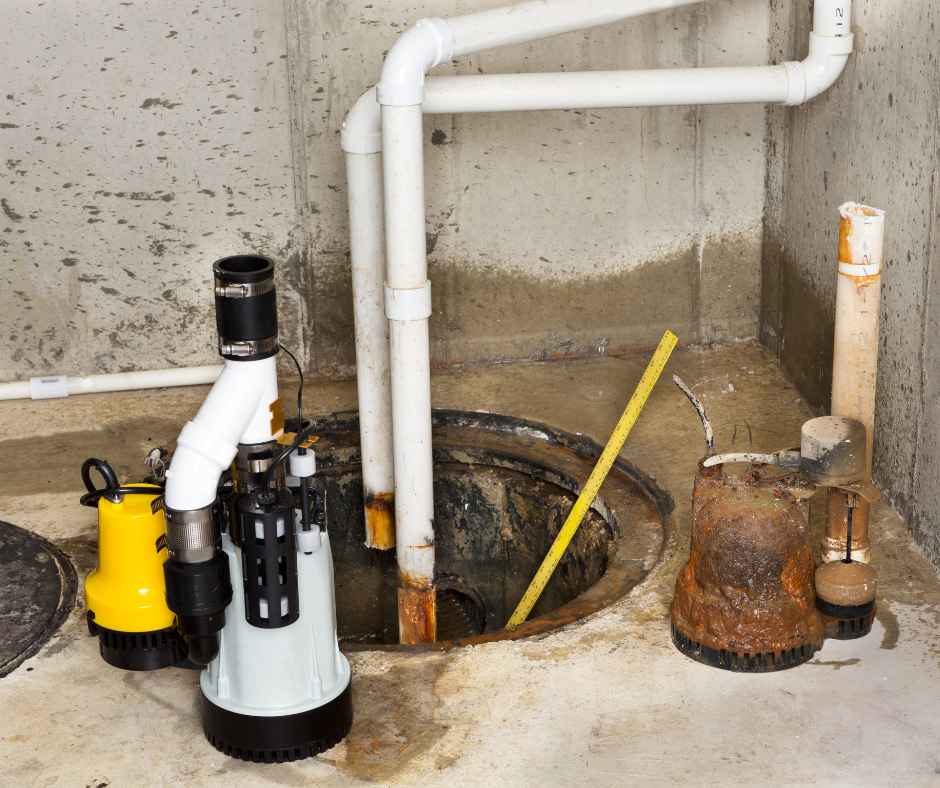
Why Your Sump Pump Needs Regular Maintenance and How to Do It
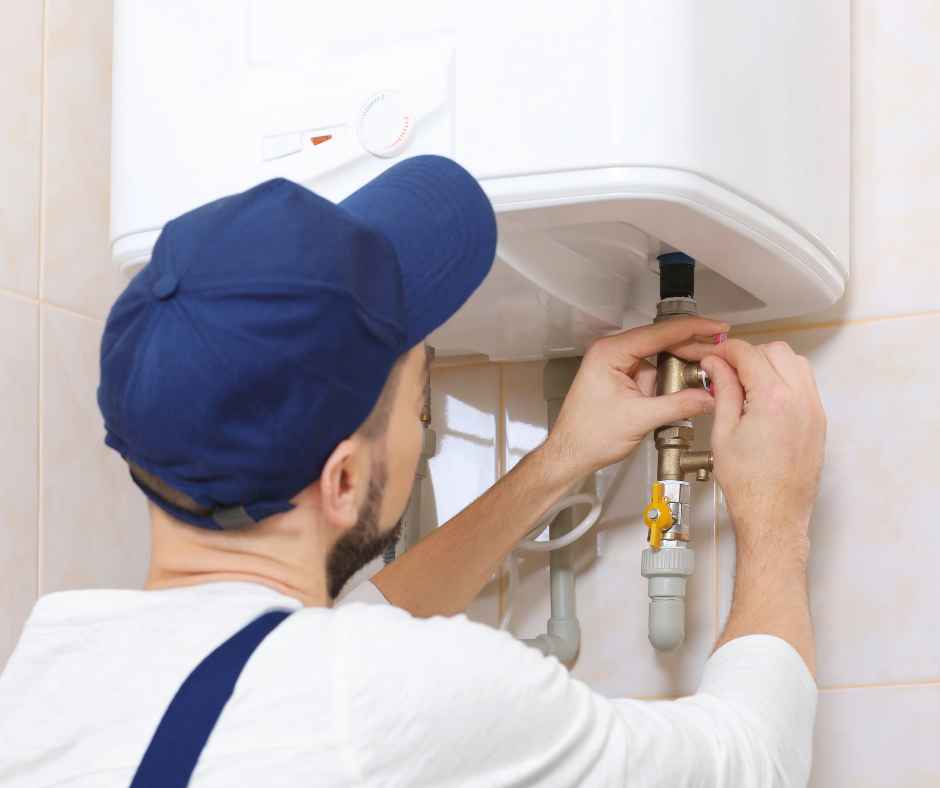
How to Choose the Right Water Heater for Your Home
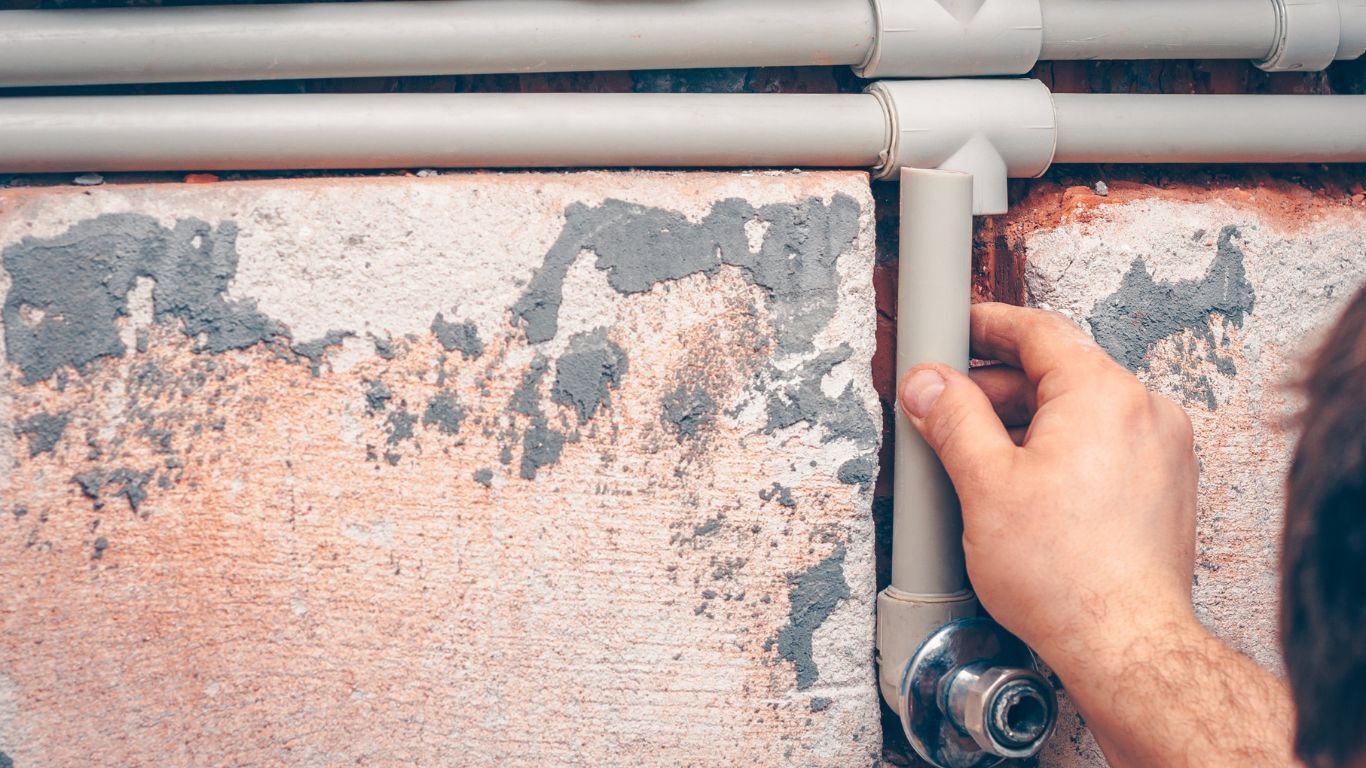
Preventive Plumbing Inspection Guide Every Homeowner Should Follow

Reverse Osmosis vs. Water Softener: Which Is Right for Your Home?
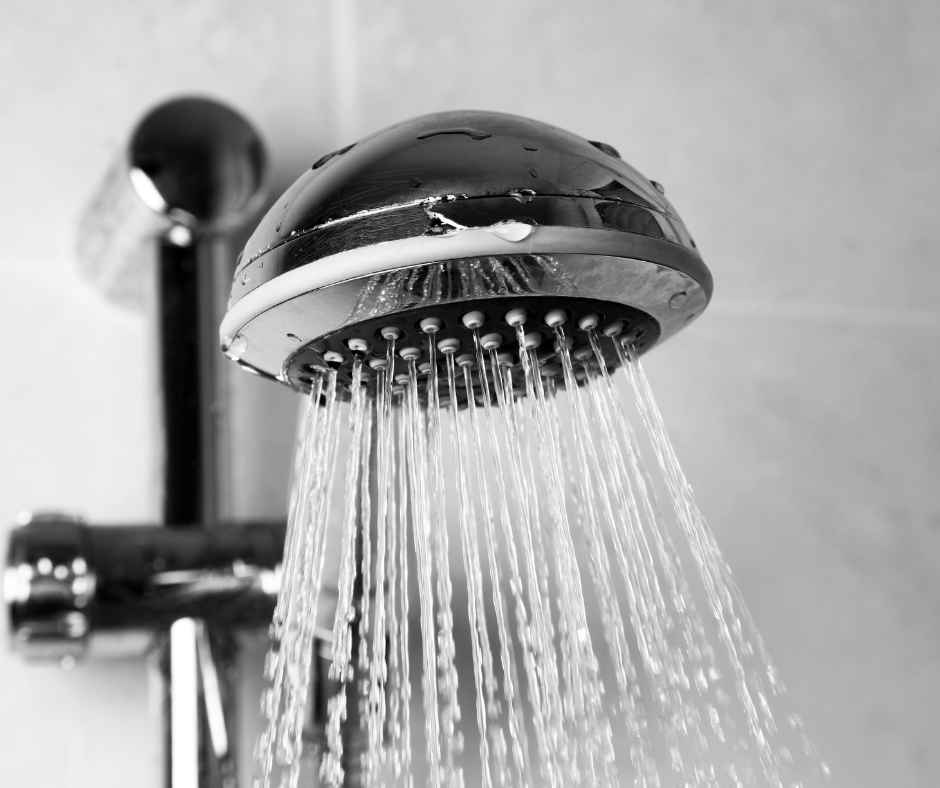
Seasonal Plumbing Maintenance Checklist for Hamilton County Residences
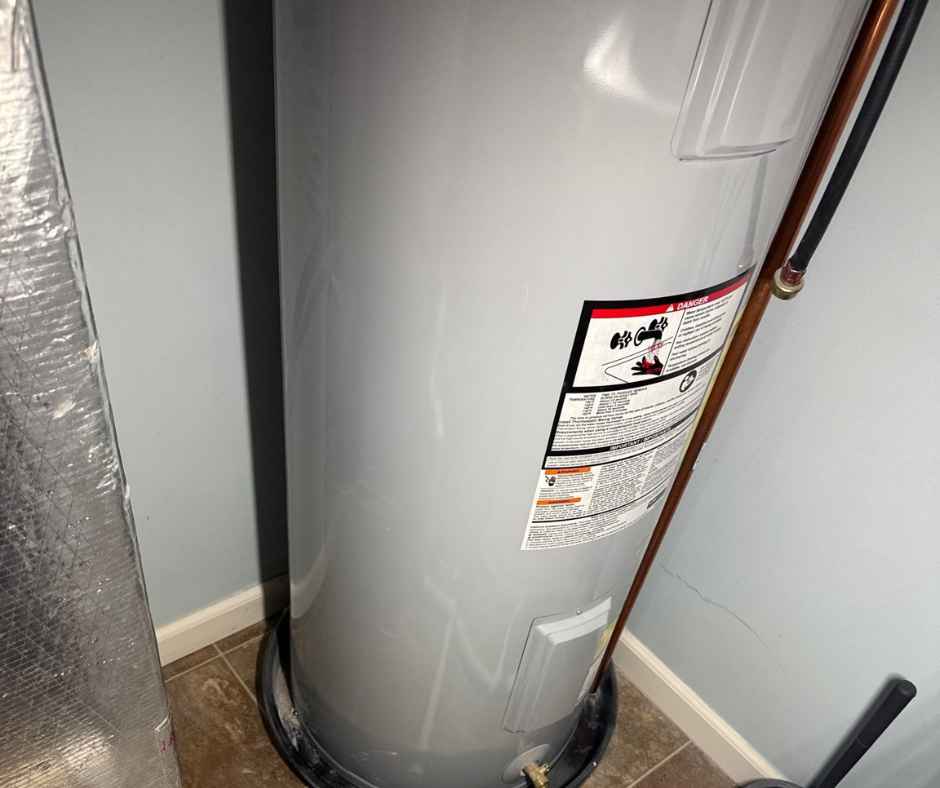
Why Is My Water Heater Beeping?
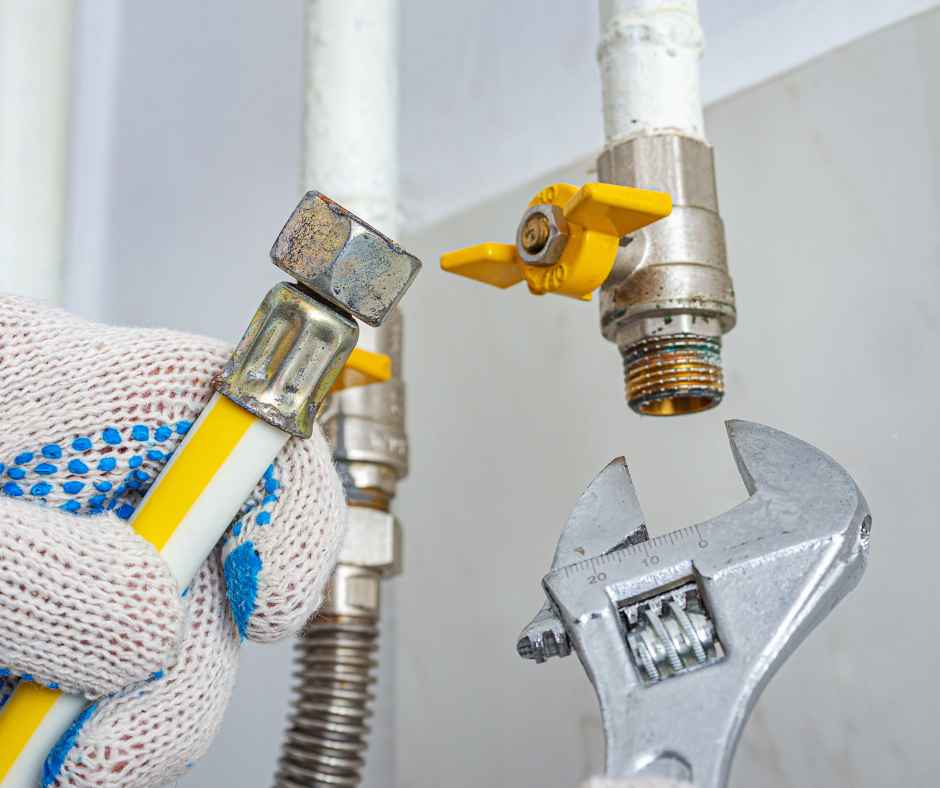
How to Check for a Gas Leak
Get in Touch
